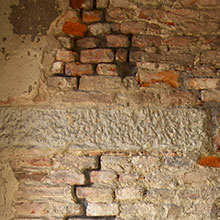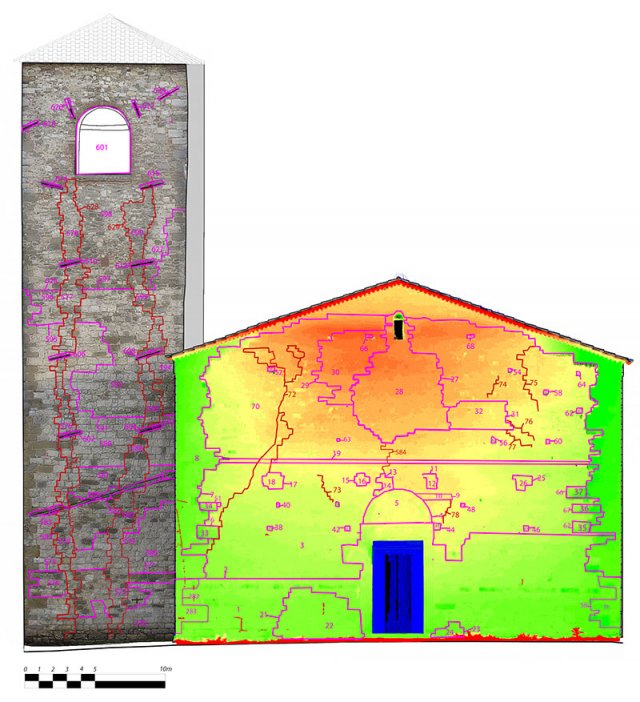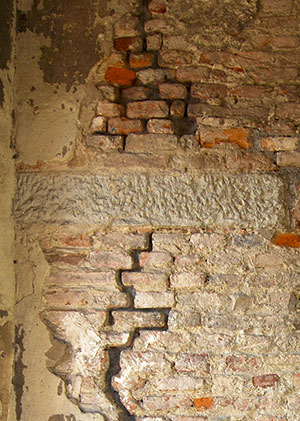
PROTECT - Knowledge for PReventiOn. TEChniques for repairing seismic damage from medieval period To modern era
Coord. Andrea Arrighetti
Project H2020-MSCA IF
The project PROTECT, financied by the European Commission with a H2020 - Marie Sklodowska Curie Individual Fellowship, is devised in line with a specific idea: proposing a geographically wide-ranging study designed to make it possible to characterize and define a typology of specific post-seismic construction techniques at the international level, with an attention focused on the medieval period.
With a view to this, there is a process which deals with historical and archaeological themes, and which is founded on a study of the circulation of knowledge and ancient building skills associated with seismic prevention; men and ideas which very often traverse the entire Mediterranean area, connecting the Middle East to northern Europe, and which are first attested to in areas marked by strong earthquakes, before then developing, often contaminated by regional characteristics, in the rest of the world.
In particular, the project is aimed at the application, in a wholly experimental way, of the methods of archaeoseismological analysis for architecture for a portion of a historical town centre in Tuscany, namely Siena’s Terzo di Città, with the aim of agregage new knowledge in documenting damage and the techniques for post-seismic repairs on the historical buildings. The analysis of this context will refer to buildings belonging to the later medieval period, in view of the fact that in this historical period, and specifically in 1320, there was a significant seismic event in Siena, with an estimated intensity of level 7.
The results obtained from the analysis of Siena will later be compared with those from the research carried out on the town of Manosque, published in 2014 by the APS group - Association pour l’identification et l’étude des pathologies d’origine sismique dans le bâti ancien.
The project presents a methodology based on a highly interdisciplinary approach which allows a complete analysis and documentation of the cases identified and, later, a wide range of technical/scientific and historical-archaeological results, obtainable only by integrating the findings.








